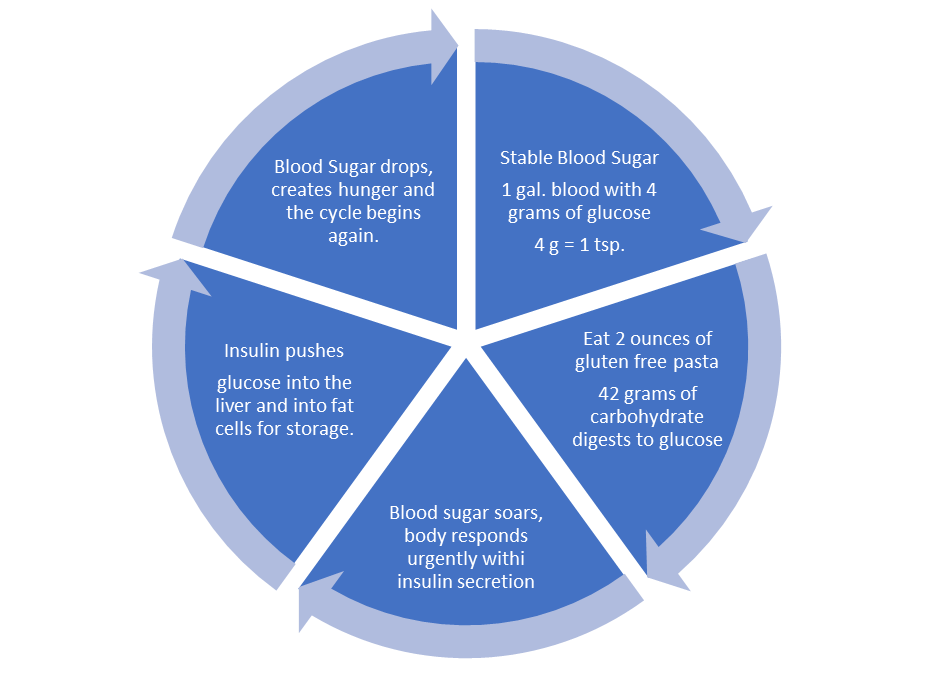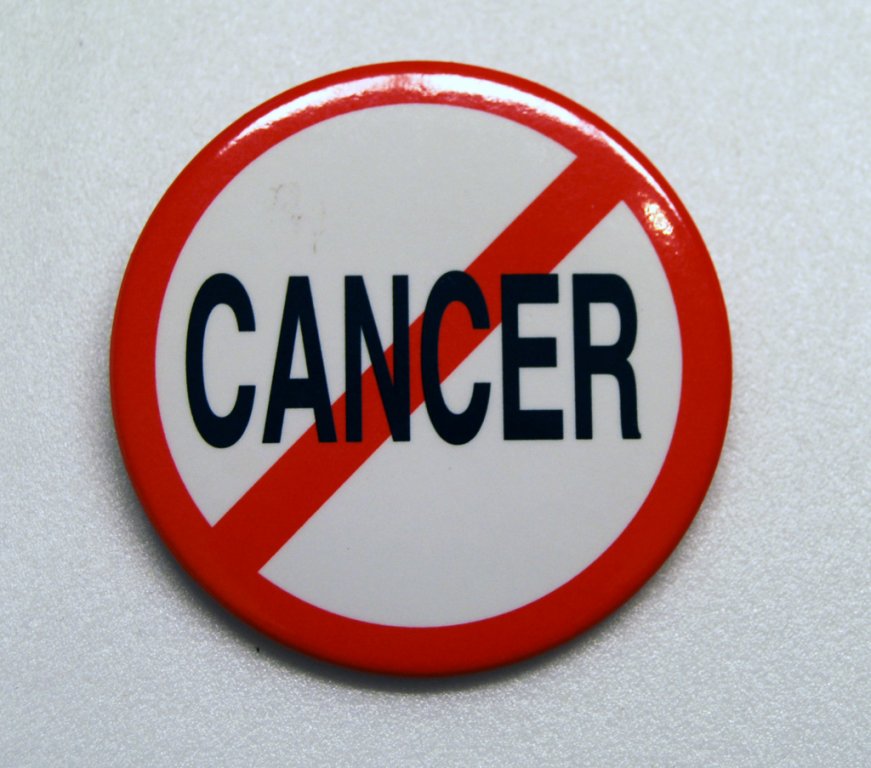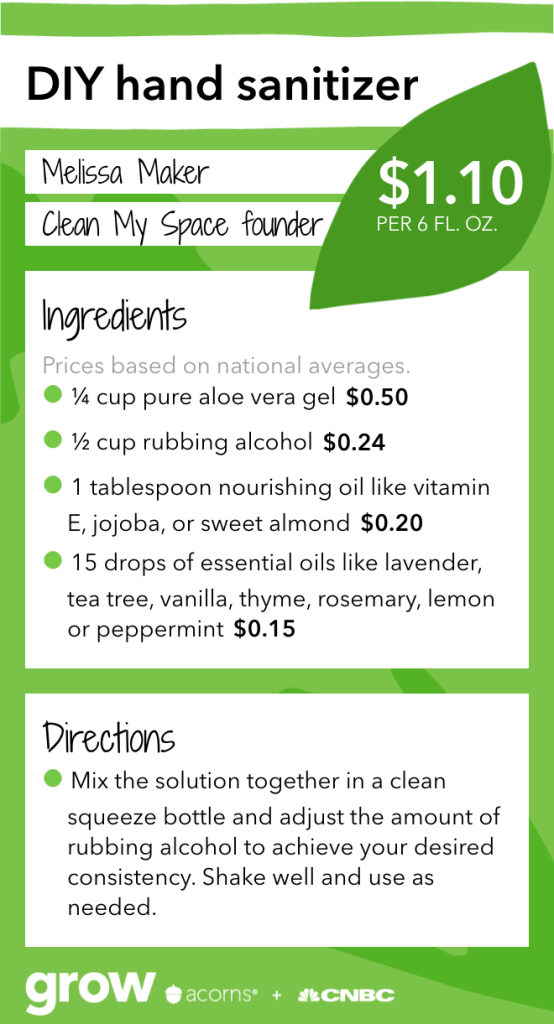Category: Articles



Integrative (i.e., Alternative, Complementary, and Supportive) Cancer Therapies
By Mila McManus MD According to cancer.gov website, 38.4% of people will have a cancer diagnosis at some point in their lives. That’s over 1 of every 3 people. Fear is a natural tendency. The saying "an ounce of prevention is worth a pound of cure," always brings to mind cancer first. If you do…
Read More
First Protect, Fight If You Must
By Nancy Mehlert, MS That “C” word still tends to infuse fear into our hearts when we, or someone we hold dear, is diagnosed with cancer. Unfortunately, we live in a time where cancer is pervasive and common. There are many good reasons to believe that food has played a large role in the increase…
Read More
Take Charge of Your Health
We believe in empowering you to be an active participant in your health journey. With our guidance, simple lifestyle adjustments can yield profound results. Let us be the bridge to a healthier, happier you.
SCHEDULE AN APPOINTMENT
